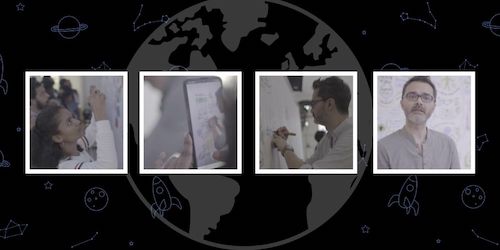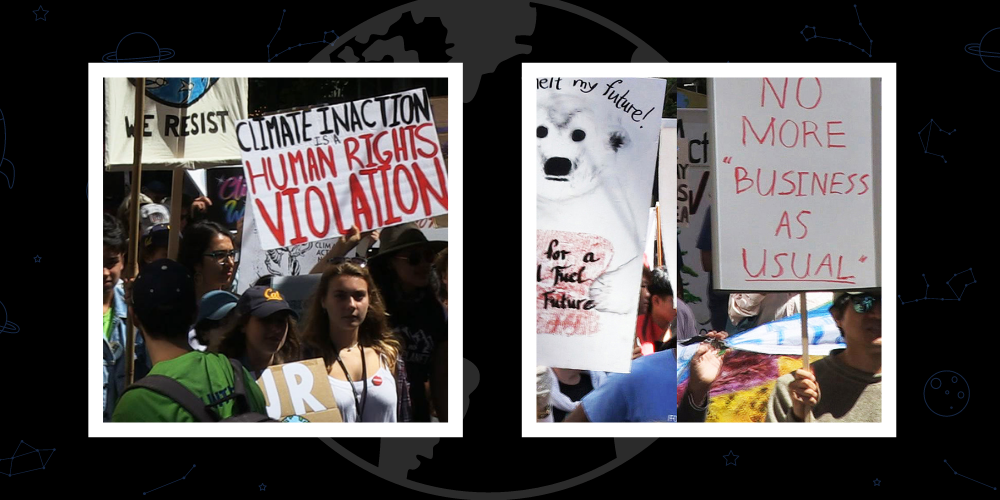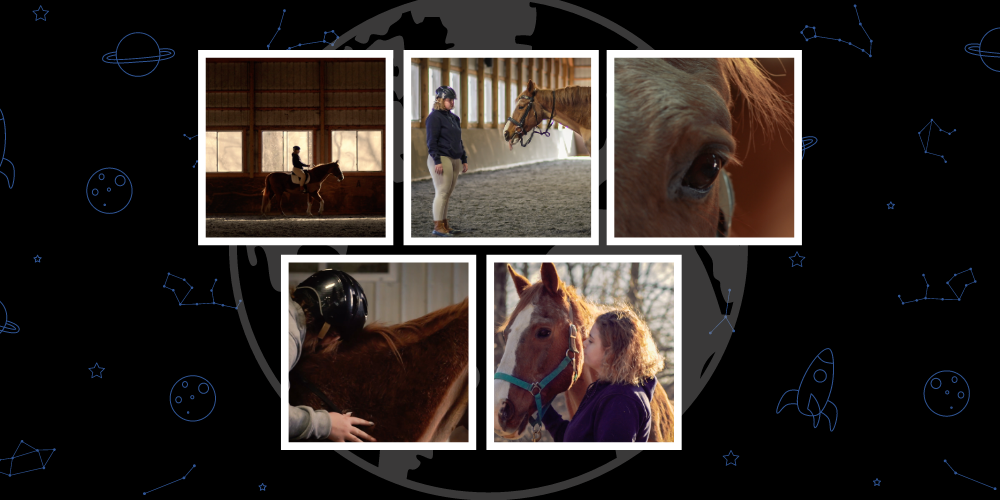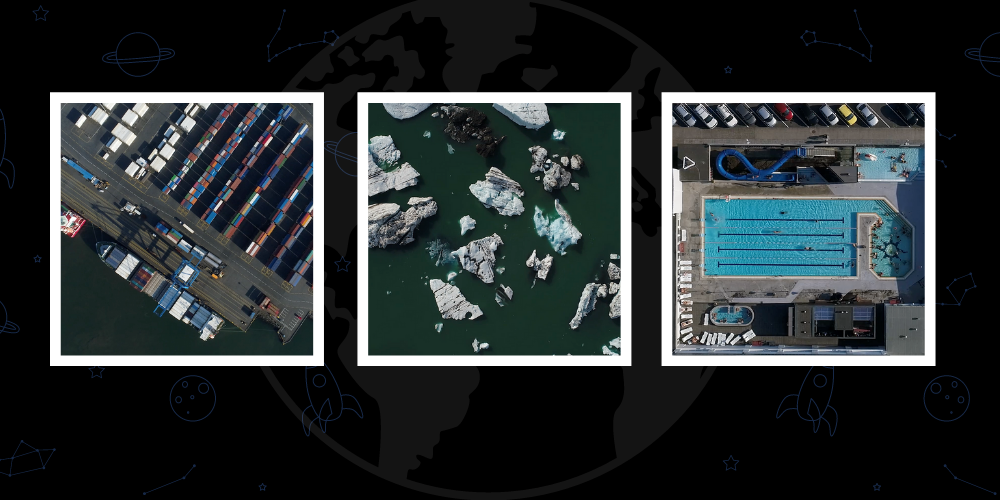This month audiences can screen Christopher Scott Carpenter’s film, Visualizing Change, on the Planet Classroom Network YouTube Channel.
Visualizing Change follows Chris Malapitan, a unique artist who, through his art, helps create images for the messages of organizations and groups. In 2019, Chris was hired by Change the Script – an event that aims to reimagine the future of education – to harvest the ideas and moments of the event and display them in his art. We learn in the film how Chris’ art inspired significant participation from event-goers and why he adores his craft.
The Global Search for Education is pleased to welcome Chris Malapitan.
Chris, I loved learning about your method of capturing and visualizing the ideas you gathered from Change the Script. Can you explain how you developed this specific method of summarizing and visualizing ideas?
I started out small at first, working in notebooks and learning from other visual practitioners, practicing listening, synthesizing ideas, and mapping ideas onto the page – essentially learning from my mistakes, seeing what works and what doesn’t. Once I built up the courage I moved on to bigger sheets of paper and using bigger markers. It was scary at first, but with long hours of practice I was able to gain the confidence I needed to work in front of an audience. And, yes, I did read a number of books on the subject and received mentorship, but at the end of the day it’s about putting in those long hours of practice.
You talked about how drawing and adding people to your visualizations help people empathize and understand the concepts more. Do you believe this concept could be applied to other methods of communication and learning? If so, how?
Yes, by applying some visual thinking methods to your learning path, it can help promote listening skills, as well as promote learning to learn, and it has also been proven in helping remembering more. It can also enhance several life skills, such as communication, collaboration, creative problem solving, as well as goal-mapping. Learning some basic visual thinking skills and applying them in a safe learning environment is the best way to get started. I do give training, both in-person and online, where I guide you to apply visual-oriented thinking techniques to your learning path or work experience.
COVID-19 has clearly transformed education and communication within the last year. How do you believe people can maintain healthy and productive communication virtually and while physically isolated from others?
I think there are three things that could help. First, we need to accept and acknowledge that everyone is experiencing COVID-19 in a different way. Secondly, we need to take the time to create group cohesion. Social isolation has put a huge strain on our mental health. And thirdly, is to take the time to reconnect with the natural world. Long walks in the forest, or even just sitting down on the park bench, even for a little while, can help in bringing about inner peace.
Seeing the participants of Change the Script become involved in your visualization of the discussion was inspiring. What tips would you recommend for other speakers and people in your position while trying to incorporate audience cooperation with a presentation, speech, or lecture?
The one and only tip I would give is to invite interaction with your audience. The best way to get your audience engaged is to get them involved in any shape or form with whatever it is that you’re sharing. Ask them questions, have them raise their hands – and in the case of Change the Script, ask them to write something down. Invest some time in getting to know who’s in the room and make the experience relatable. And, of course, have fun!
C.M. Rubin and Chris Malapitan
Don’t Miss Christopher Scott Carpenter’s film, Visualizing Change (curated by Dream a Dream), on the Planet Classroom Network YouTube Channel.







Recent Comments